Embarking on the journey of turtle ownership can be both exciting and daunting for beginners. These fascinating reptiles, with their distinctive shells and relaxed demeanor, have captivated human interest for centuries. However, not all turtle species are created equal when it comes to novice care. The right starter turtle can provide years of rewarding companionship with manageable care requirements, while choosing poorly might lead to frustration, unexpected expenses, or even a shortened lifespan for your shelled friend. This guide aims to navigate the waters of first-time turtle ownership, highlighting species that thrive under beginner care while addressing the essential considerations that ensure both turtle and owner happiness.
Understanding the Commitment to Turtle Ownership

Before selecting your first turtle, it’s crucial to understand the commitment involved. Turtles are remarkably long-lived creatures, with many species surviving 20-40 years in captivity, and some potentially reaching 50-100 years with proper care. This longevity means your shelled companion might be with you through multiple life stages and major transitions. Additionally, while turtles don’t require daily walks or constant attention like some pets, they do need consistent care, including regular feeding, water changes, tank maintenance, and environmental monitoring. Financial considerations are equally important, as the initial setup cost for proper housing, filtration, lighting, and heating equipment often exceeds the price of the turtle itself by a significant margin. Taking these factors into account before bringing a turtle home helps ensure you can provide lifetime care for your new reptilian friend.
Red-Eared Sliders: The Popular Choice
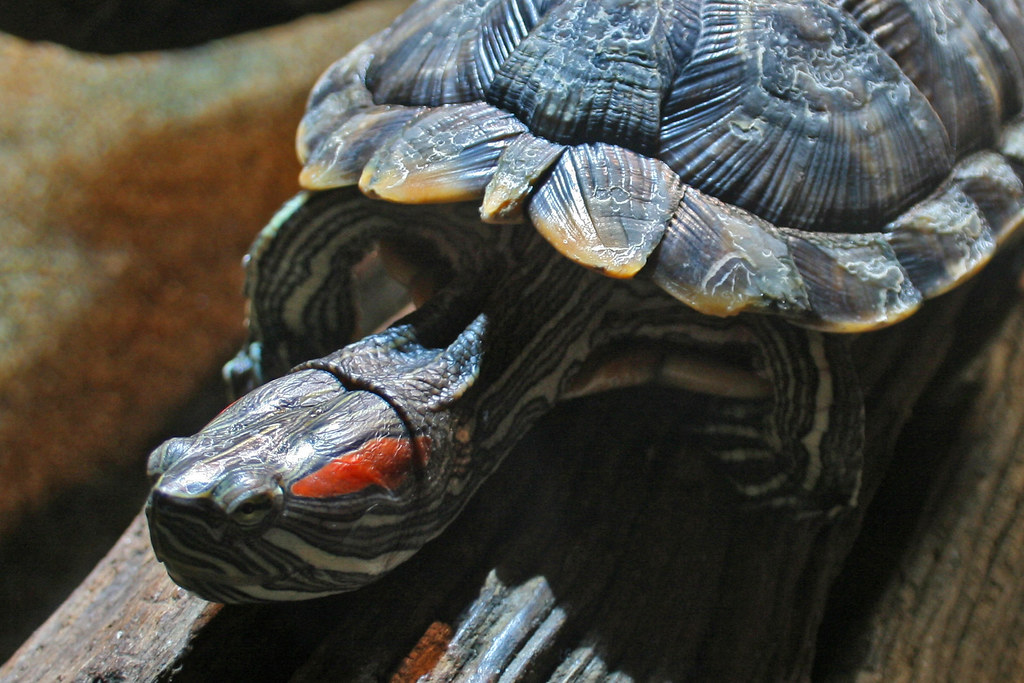
Red-eared sliders stand as perhaps the most commonly available turtle species in the pet trade, recognizable by their distinctive red patches behind each eye. These semi-aquatic turtles have earned their popularity through their adaptability, hardiness, and relatively straightforward care requirements that forgive minor beginner mistakes. Reaching 7-12 inches in length at maturity, red-eared sliders display engaging behaviors like basking, swimming, and enthusiastic feeding responses that new owners find rewarding. They thrive in properly sized aquatic setups with clean water, UVB lighting, basking areas, and appropriate temperatures ranging from 75-80°F in water to 85-95°F in basking spots. However, their popularity comes with caveats: they grow large, live long (potentially 20-40 years), and require substantial habitat space, making them suitable only for beginners committed to providing expanding accommodations as they grow.
Painted Turtles: Colorful and Resilient

Painted turtles represent an excellent starter option for beginners seeking a slightly smaller alternative to red-eared sliders. These North American natives showcase beautiful colored markings on their shells, heads, and necks, with patterns that vary among the four subspecies (Eastern, Western, Midland, and Southern). Typically reaching 4-7 inches in length, painted turtles remain manageable in size while displaying the active swimming and basking behaviors that make turtles engaging pets. Their natural hardiness translates to captivity, where they adapt well to proper setups and demonstrate resistance to many common health issues that plague other species. Painted turtles thrive in similar conditions to red-eared sliders but generally require slightly less space due to their smaller adult size. Their omnivorous diet transitions from primarily protein-based foods when young to more plant matter as they mature, making feeding straightforward and economical for beginners.
Mud and Musk Turtles: Compact Options

For beginners with space limitations, mud and musk turtles present compelling options that remain small throughout their lives. These bottom-dwelling species typically reach only 3-5 inches in shell length, allowing them to thrive in more modest setups than their larger cousins. Common musk turtles (also called “stinkpots” for the musky odor they release when stressed) and eastern mud turtles share similar care requirements, preferring deeper water for swimming with some basking opportunities. Unlike sliders and painted turtles that spend significant time basking, these species are more aquatic and spend much of their time exploring the bottom of their habitats. Their primarily carnivorous diet consists of commercial turtle pellets supplemented with insects, small fish, and occasional greens, making feeding straightforward. While these turtles require less swimming space, they still need proper filtration, heating, and UVB lighting to remain healthy in captivity.
Box Turtles: Terrestrial Alternatives

Box turtles offer beginners an introduction to terrestrial turtle keeping, with care requirements distinct from their aquatic counterparts. These charismatic North American natives are characterized by their high-domed shells and hinged plastrons that allow them to completely close themselves inside their shells for protection. Unlike aquatic species, box turtles need primarily land-based enclosures with shallow water dishes for drinking and occasional soaking rather than swimming tanks. Their habitats should feature deep substrate for digging, humid hideaways, and varied terrain that mimics their natural woodland or grassland environments. Eastern box turtles, three-toed box turtles, and ornate box turtles can make good beginner species with their manageable size (typically 4-7 inches) and omnivorous diets consisting of insects, worms, berries, greens, and mushrooms. However, potential owners should note that box turtles often live 40-60 years and may suffer stress from frequent handling, making them better suited for observation than interaction.
Essential Housing Requirements
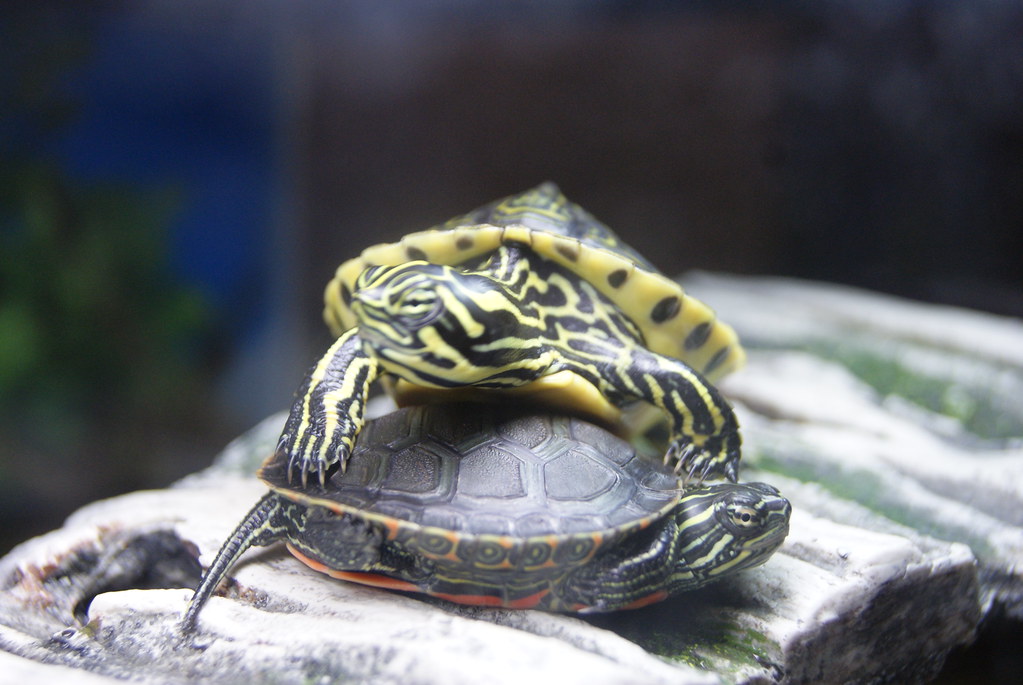
Proper housing forms the foundation of successful turtle keeping, with requirements varying significantly between aquatic and terrestrial species. For aquatic turtles like sliders and painted turtles, the “10 gallons per inch of shell” rule provides a minimum starting point, meaning a turtle expected to reach 6 inches needs at least a 60-gallon tank at maturity. These setups must include efficient filtration rated for at least twice the tank’s volume, as turtles produce substantial waste that quickly fouls water quality. Essential components include a secure basking area where turtles can completely exit the water, UVB lighting positioned correctly for proper vitamin D synthesis, and heat lamps that create appropriate temperature gradients. Terrestrial species like box turtles require different accommodations, typically in the form of terrariums or custom-built enclosures with at least 4 square feet of floor space per adult, appropriate substrate depth for burrowing, and carefully monitored humidity levels. For all species, housing should prioritize safety, accessibility for maintenance, and opportunities for natural behaviors.
Understanding Heating and Lighting Needs

Perhaps the most technically challenging aspect of turtle care for beginners involves meeting their specific heating and lighting requirements. Turtles are ectothermic (cold-blooded) animals that rely on external heat sources to regulate their body temperature and metabolic functions. Aquatic turtles need water temperatures between 75-80°F, maintained with submersible heaters protected from turtle contact, while their basking areas should reach 85-95°F, achieved with appropriately positioned heat lamps. Equally crucial is UVB lighting, which enables turtles to synthesize vitamin D3 needed for calcium metabolism and shell health. UVB bulbs must be positioned at manufacturer-recommended distances (typically 10-12 inches from the basking area) and replaced every 6-12 months, as their effectiveness diminishes before visible light output decreases. For terrestrial species, establishing proper temperature gradients across their enclosure allows natural thermoregulation, with warm sides around 85-90°F and cooler areas around 75-80°F. Incorrect heating and lighting are primary contributors to long-term health issues in captive turtles, making proper setup essential despite the initial investment.
Feeding Your Starter Turtle

Proper nutrition forms a cornerstone of turtle health, with dietary needs varying based on species, age, and individual requirements. Juvenile aquatic turtles typically require protein-rich diets, with feeding sessions every 1-2 days consisting primarily of commercial turtle pellets supplemented with insects, small fish, and aquatic plants. As they mature, most aquatic species benefit from increased plant matter in their diets, gradually shifting to a balance of roughly 25-50% protein and 50-75% vegetation for adults, with feeding frequency reduced to 2-3 times weekly. Terrestrial box turtles maintain more omnivorous diets throughout their lives, thriving on a varied menu of insects, worms, berries, mushrooms, leafy greens, and occasional flowers. For all species, calcium supplementation proves essential, typically provided through cuttlebone or calcium powder dusted on food items 2-3 times weekly. Proper feeding practices also include removing uneaten food promptly to maintain water quality, providing appropriately sized food items to prevent choking, and adjusting portions to maintain healthy weight and shell growth patterns.
Water Quality and Maintenance

For aquatic and semi-aquatic species, water quality management represents perhaps the most labor-intensive aspect of turtle keeping that beginners must master. Turtles produce substantial biological waste that quickly degrades water conditions, potentially leading to shell infections, respiratory problems, and other health issues when neglected. A robust filtration system rated for at least twice the tank’s volume provides the first line of defense, ideally incorporating mechanical, biological, and chemical filtration components. Even with excellent filtration, regular water changes remain necessary, with many keepers adopting a schedule of 25% weekly water changes alongside monthly deep cleanings of the entire habitat. Water conditioners that remove chlorine and chloramine are essential when using tap water, as these chemicals can irritate turtles’ sensitive eyes and skin. Testing water parameters regularly for ammonia, nitrites, nitrates, and pH helps identify potential problems before they affect turtle health, with ideal readings showing zero ammonia and nitrites, nitrates below 40ppm, and pH between 6.5-8.0 depending on species.
Common Health Issues in Beginner Turtles

Awareness of common health concerns helps beginners identify and address problems before they become serious. Respiratory infections, manifesting as wheezing, bubbling from the nose or mouth, and reduced appetite, often result from inadequate temperatures or poor water quality. Shell problems, including retained scutes (shell plates), soft shells, or shell rot, typically stem from nutritional deficiencies, insufficient UVB exposure, or unsanitary conditions. Vitamin A deficiency, characterized by swollen eyelids and reduced activity, occurs most commonly in turtles fed monotonous diets lacking variety. Parasitic infections may present as weight loss despite normal appetite, unusual fecal matter, or visible parasites in the tank. For all health concerns, establishing a relationship with an experienced reptile veterinarian before problems arise represents a prudent step, as specialized knowledge is required for proper diagnosis and treatment of turtle ailments. Prevention through proper husbandry remains the most effective approach, with many common health issues directly linked to correctable care mistakes.
Legal Considerations for Turtle Ownership

Navigating the legal landscape of turtle ownership presents an important consideration that many beginners overlook. In the United States, federal regulations prohibit the sale of turtles with shell lengths under four inches, a measure implemented to reduce salmonella transmission to children who might put small turtles in their mouths. Many states and municipalities maintain additional restrictions on certain species, particularly those considered invasive like red-eared sliders in some regions, or those protected by local conservation laws. Before purchase, prospective owners should research specific regulations for their location, as penalties for illegal ownership can include confiscation, fines, and in extreme cases, criminal charges. Ethical sourcing represents another important consideration, with captive-bred specimens from reputable breeders generally preferred over wild-caught individuals that may carry higher parasite loads, struggle to adapt to captivity, and potentially impact wild populations. Responsible ownership also includes planning for the turtle’s entire lifespan, including making arrangements should the owner become unable to provide care.
Handling and Interaction Guidelines

Establishing appropriate expectations for turtle interaction helps beginners develop rewarding relationships with their reptilian companions. Unlike many traditional pets, most turtles tolerate rather than enjoy handling, with excessive handling potentially causing stress that manifests as reduced appetite, increased hiding behavior, or aggression. When handling proves necessary for health checks or tank maintenance, supporting the turtle’s body weight from below rather than grasping the shell edges provides the most secure and comfortable approach. Hand washing before and after handling remains essential, as turtles commonly carry salmonella bacteria that pose minimal risk to healthy adults but may affect young children, elderly individuals, or those with compromised immune systems. For many keepers, the most satisfying interactions come through observation rather than direct contact, as turtles display fascinating natural behaviors when comfortable in their environments. With time and positive associations through feeding, many turtles recognize their keepers and may demonstrate increased activity or begging behaviors when they approach the habitat.
Finding a Reputable Source for Your Turtle

The source of your first turtle significantly impacts its health, temperament, and suitability as a pet. Reputable reptile specialty stores, dedicated breeders, and rescue organizations generally provide healthier specimens than large chain pet stores or wild collections. When evaluating potential sources, look for vendors who maintain clean facilities, provide appropriate housing for their animals, and willingly answer detailed questions about care requirements and animal origins. Healthy turtles display clear, bright eyes free from discharge or swelling, smooth shells without unusual discoloration or soft spots, and active swimming or walking behavior appropriate to their species. Reputable sellers typically offer some form of health guarantee and provide basic care information specific to the species they sell. Many experienced keepers recommend avoiding impulse purchases at reptile expos or flea markets where animals may receive suboptimal care or come with limited information about their history. For environmentally and ethically minded beginners, adoption from turtle rescue organizations provides an excellent option, giving homes to abandoned turtles while reducing demand for wild collection or commercial breeding.
Conclusion: Making Your Final Decision

Selecting the ideal starter turtle involves balancing personal circumstances with the specific needs of different turtle species. For those with limited space but a dedication to proper care, mud and musk turtles offer compact options with manageable requirements. Keepers with more room might consider painted turtles for their moderate size, striking appearance, and resilient nature. Those prepared for substantial space commitments might find red-eared sliders rewarding for their active behavior and adaptability, while individuals preferring terrestrial setups may connect with box turtles’ unique personalities and forest-floor habitats. Regardless of species, successful turtle keeping begins with thorough research, proper habitat preparation before purchase, and commitment to ongoing learning about your specific species. Remember that the “best” beginner turtle varies by individual situation—the ideal choice is one whose needs you can meet consistently throughout its entire lifespan, potentially decades into the future. With proper research, preparation, and care, your first turtle can introduce you to the rewarding world of reptile keeping while providing a fascinating window into the lives of these ancient, remarkable creatures.

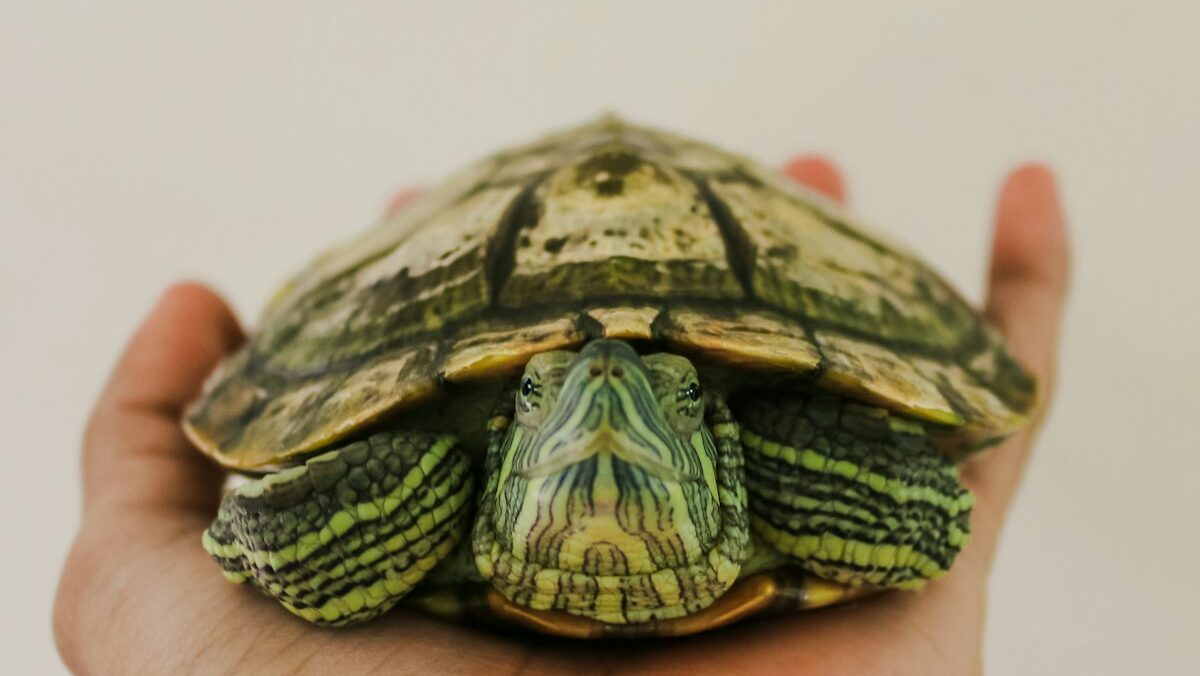
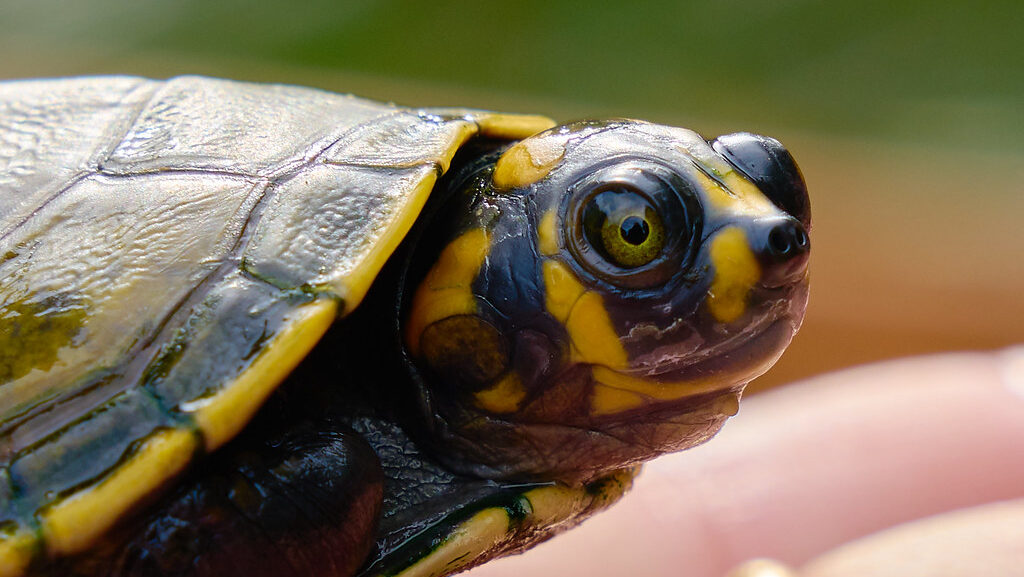
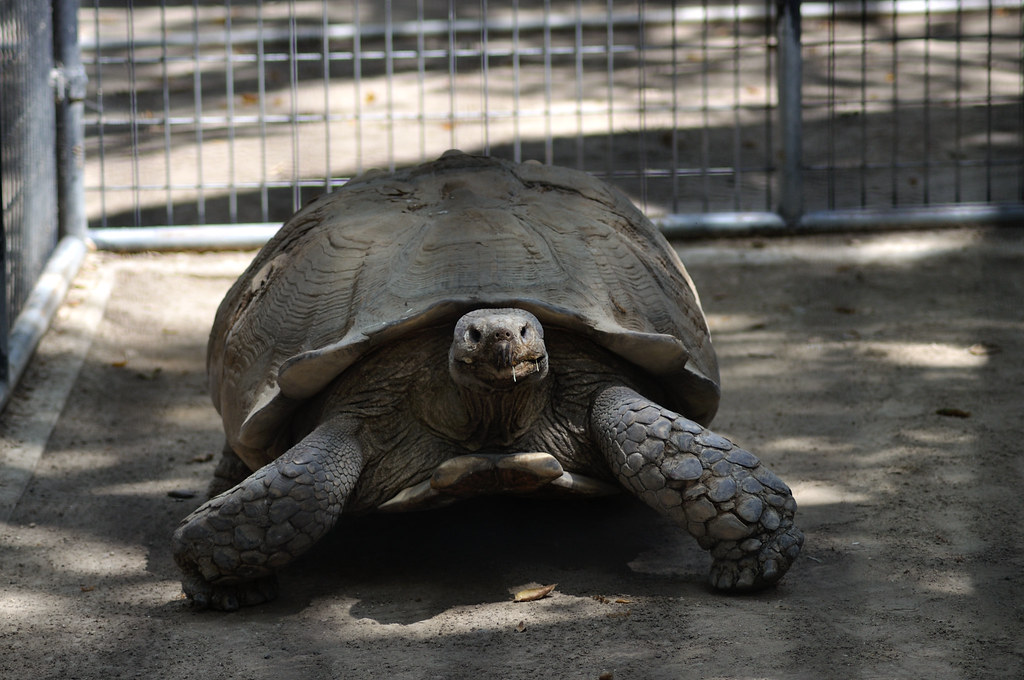
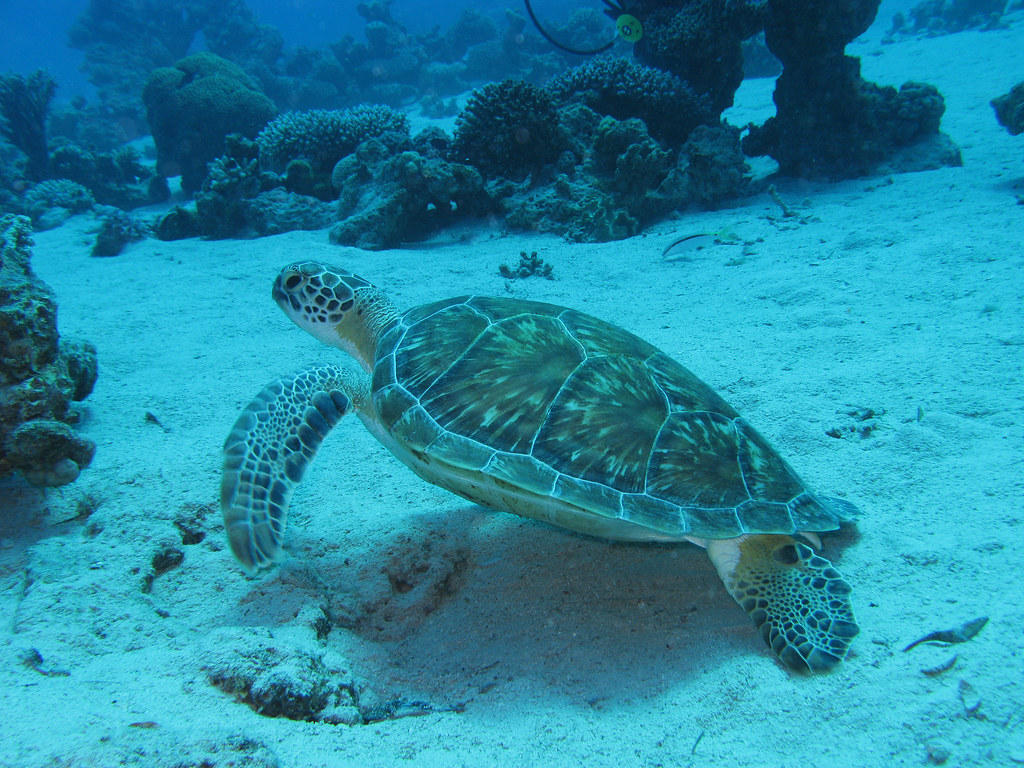
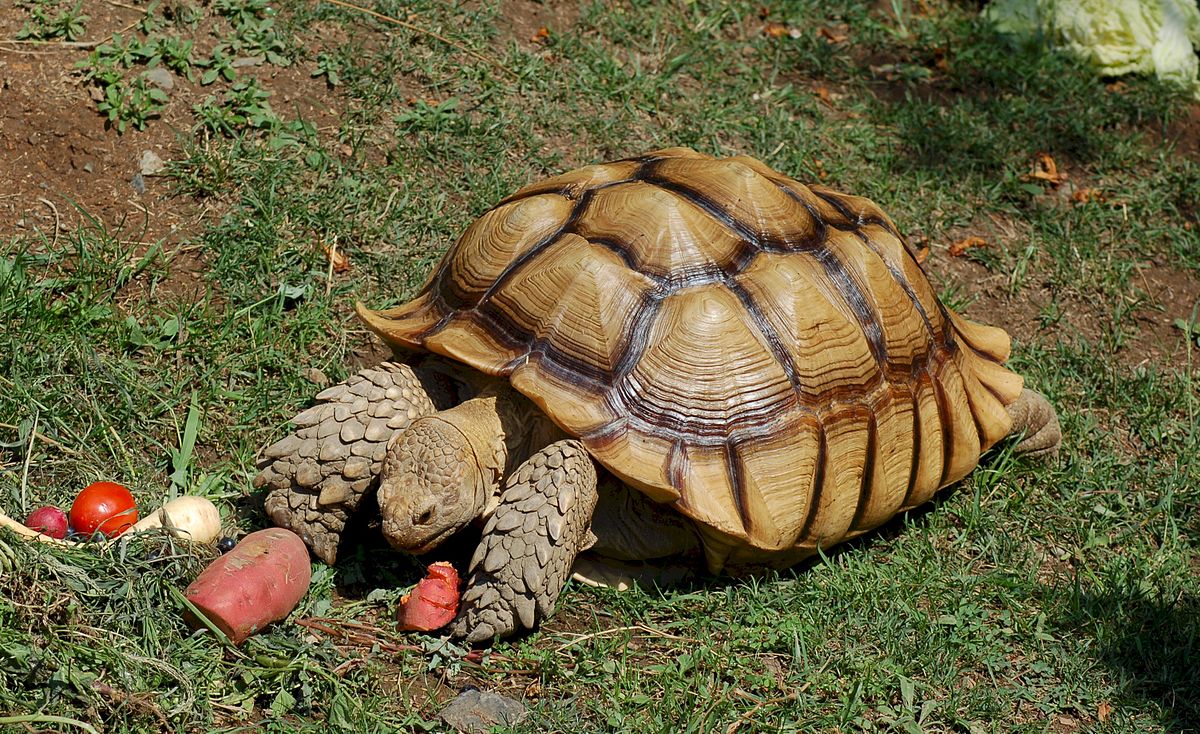
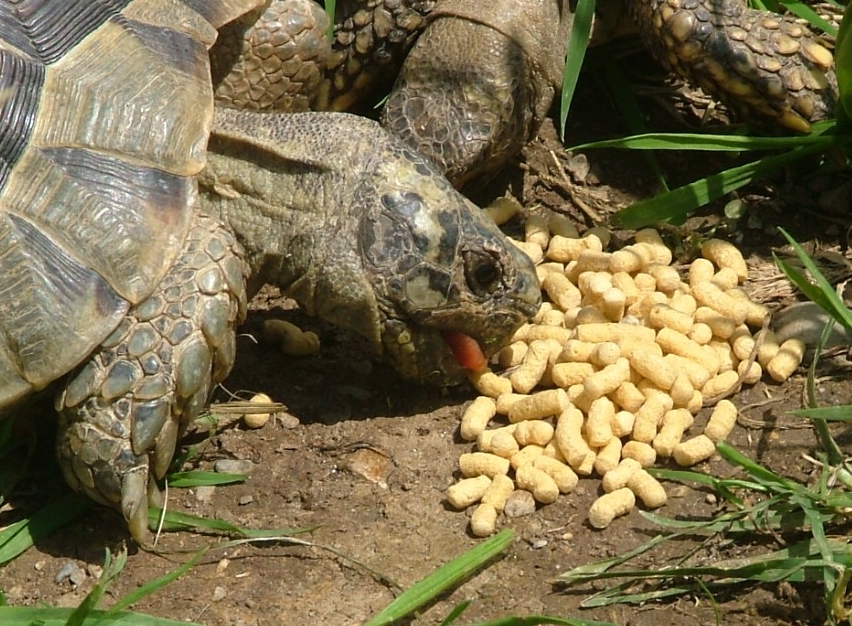
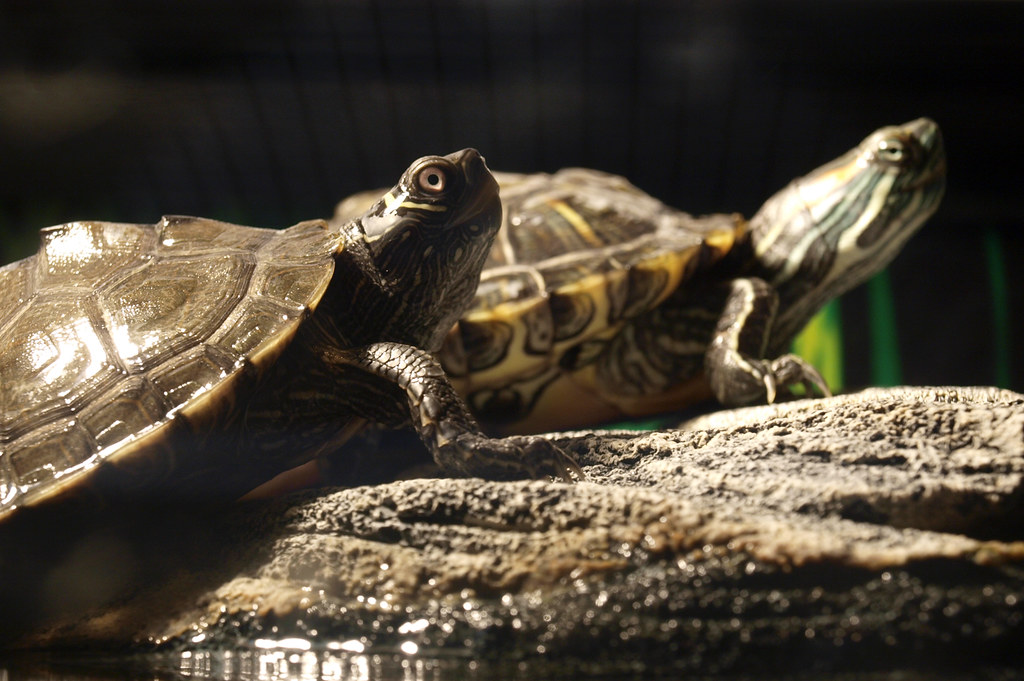
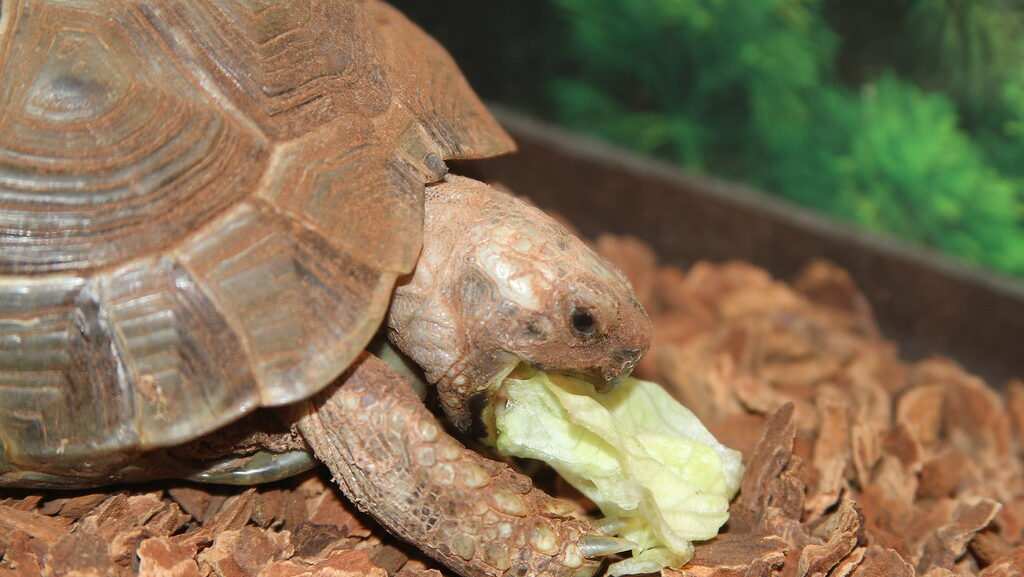
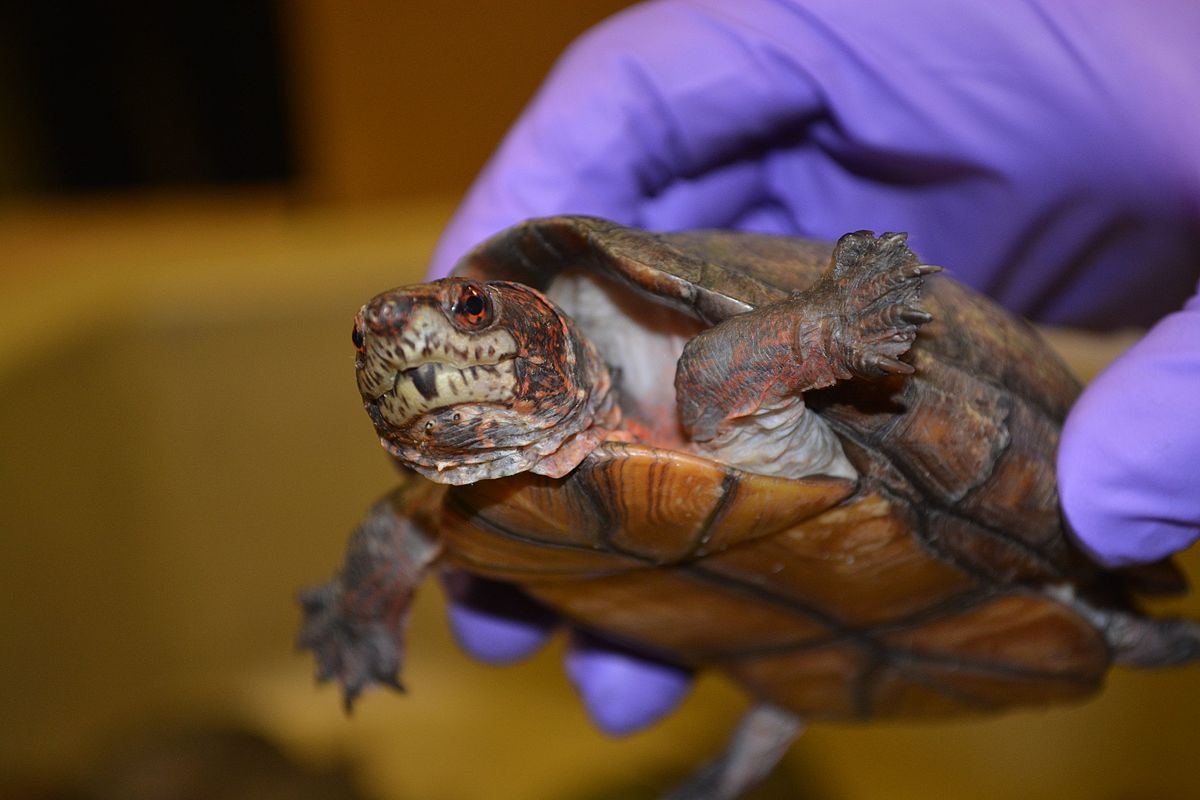
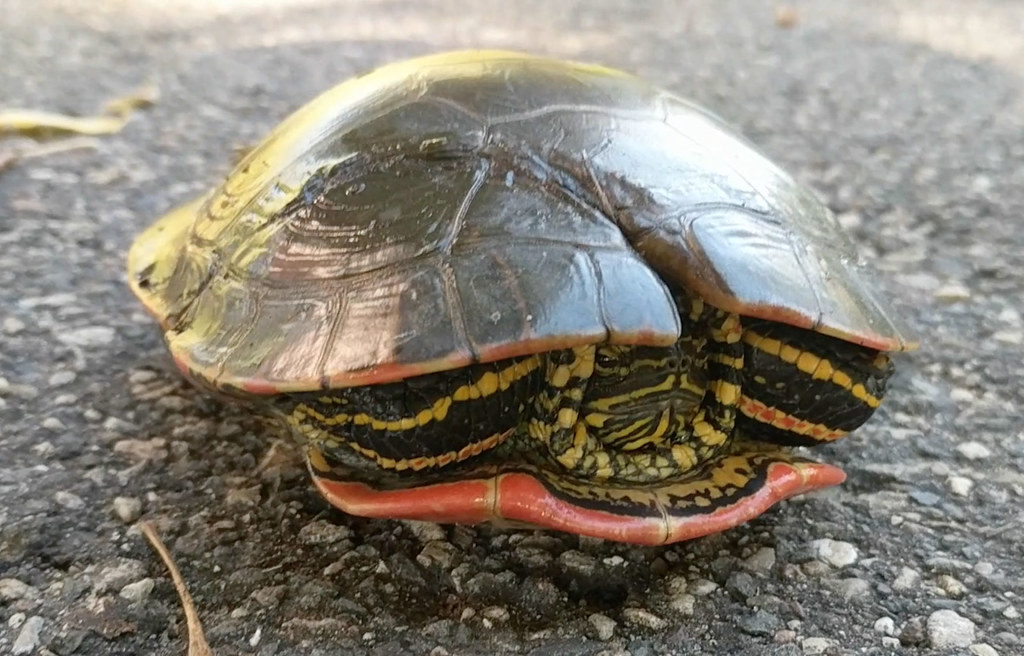
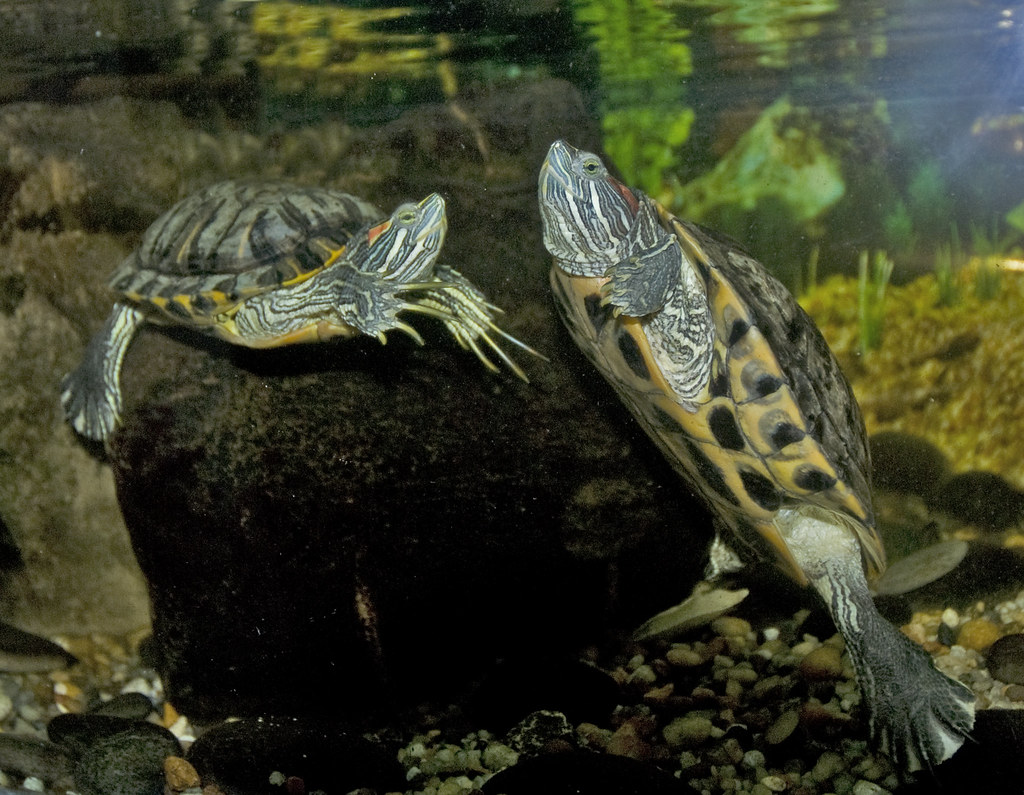




Leave a Reply